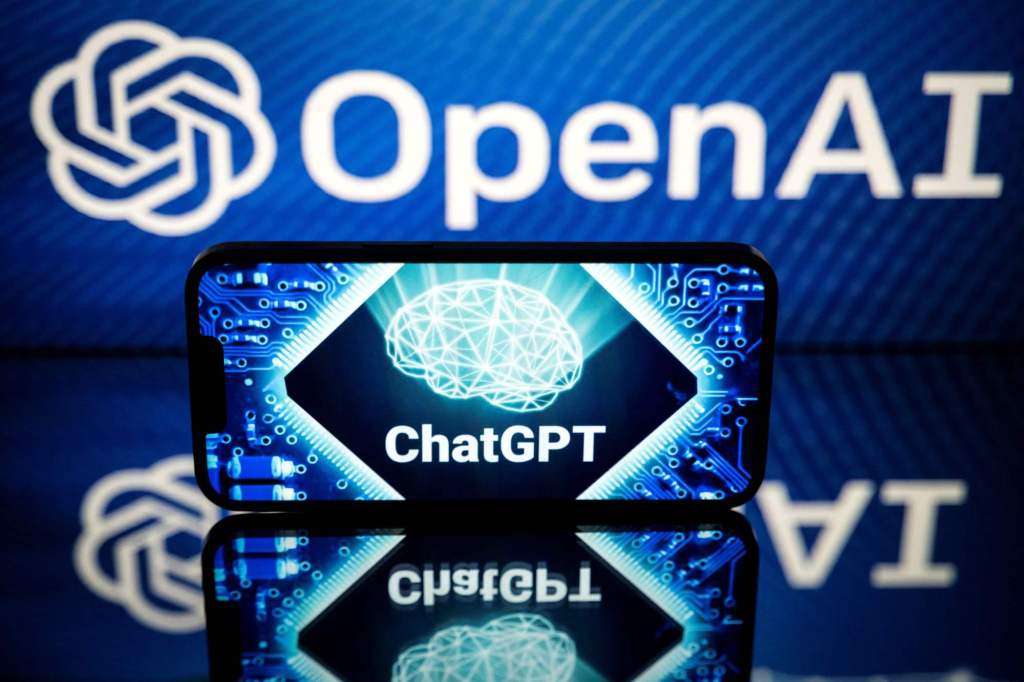Vast piles of cash are pouring into generative artificial intelligence, the Bay Area-born technology that has taken the world by storm, but relentless hype is inflating a bubble experts say is sure to burst. So far, the bang for the buck has mostly been a whimper, while serious problems abound.
It’s been less than two years since San Francisco’s OpenAI released its ChatGPT generative AI bot, sparking a Big Tech arms race, a torrent of venture capital funding for AI startups, and a bustling bandwagon of companies seeking to cut costs and boost productivity by embedding the technology in virtually every product and service imaginable.
Investors have tossed more than $24 billion at generative AI, according to consulting giant EY, and tech companies plan to spend $1 trillion on AI infrastructure in coming years, the bank Goldman Sachs predicts. Many technologists see enormous promise in the technology that uses patterns and relationships in data to generate text, imagery and sounds, while others see critical shortcomings.
“Everybody wants to make money in the AI race,” said Howard Young of San Jose, who integrates AI software with computer systems at technology giant AAEON to improve urban infrastructure, industrial processes, manufacturing and medicine. Young joined hundreds of other tech workers and executives this month at the Reuters Momentum AI conference in San Jose. “The true, organic revenue, I don’t see it yet,” Young said. “It’s going to take some time even with the best minds in Silicon Valley.”
People in tech “substantially overestimate” generative AI’s current capabilities, and how much it will improve remains in question, said Goldman Sachs’ chief global equity researcher Jim Covello.
“The technology is nowhere near where it needs to be in order to be useful,” Covello said in a generative AI-focused newsletter from the bank in June. “If AI technology ends up having fewer use cases and lower adoption than consensus…
Read the full article here







